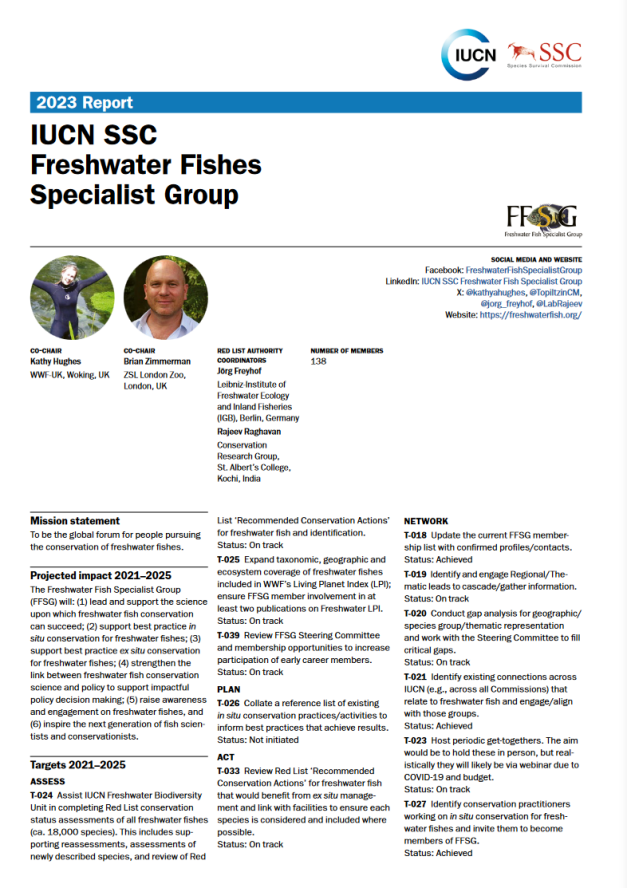
Our Annual Report for 2023 is now available

Our Annual Report for 2023 is now available
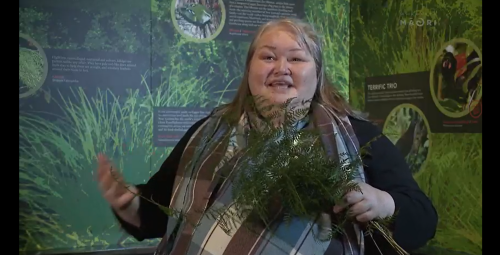
In a recent conservation effort at Zealandia Te Māra a Tāne, a traditional Māori method known as whakaweku proved successful in collecting freshwater fish for relocation.
Using bundles of rārahu/bracken fern, this method facilitated the collection of 139 toitoi/common bully (Gobiomorphus cotidianus) from Kōhangapiripiri in the Parangārahu Lakes area during late April and early May.
Read more at Te Ao (Maori News): https://www.teaonews.co.nz/2024/06/14/indigenous-method-used-for-freshwater-fish-conservation-efforts/
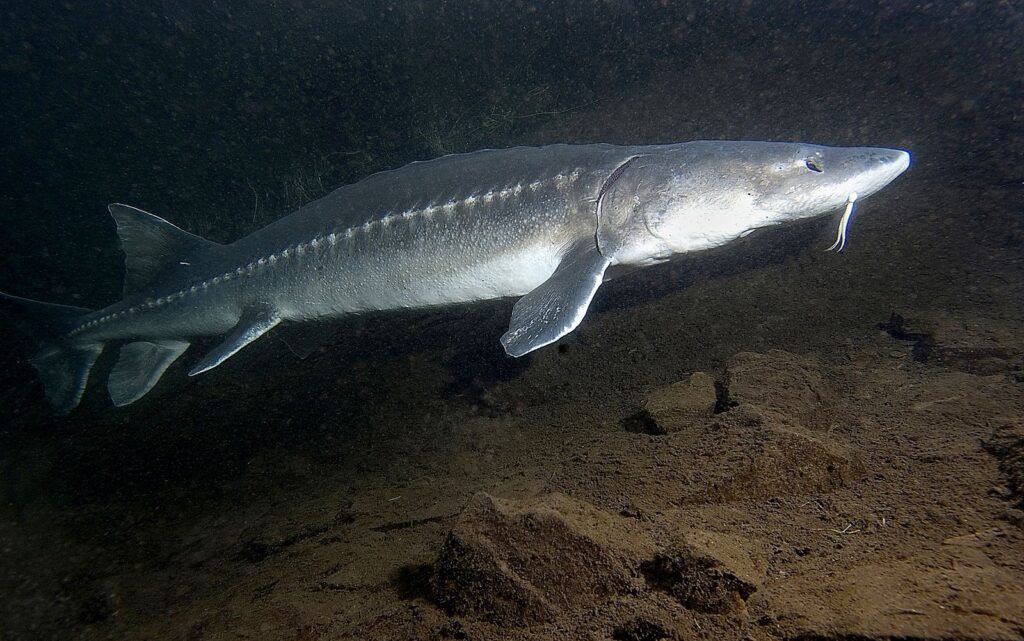
The White Sturgeon, (Acipenser transmontanus), the biggest freshwater fish in North America, its population dwindling due to freshwater quantity and quality depletion as well as recreational fishing, has been accepted as a candidate for protection under California’s Endangered Species Act. A coalition of environmental groups and the California Sportfishing Protection Alliance petitioned for the species to be listed, and were successful in this first step toward protection.
The white sturgeon will be protected under the California Endangered Species Act until the commission makes a final decision whether to list it as threatened or endangered, which could take a year. Harming aa species, such as by water diversions or fishing, is prohibited for candidate species the same as if it was fully listed.
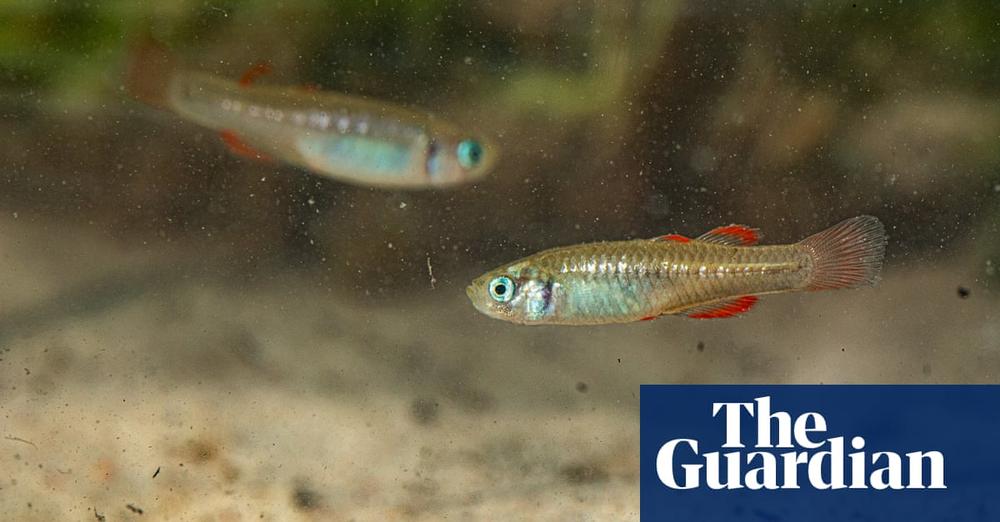
The Red-Finned Blue-Eye (Scaturiginichthys vermeilipinnis) is no longer Australia’s rarest freshwater fish.
The last of its tiny kind – all but bullied to extinction by introduced Eastern Mosquitofish (Gambusia holbrooki), an invasive fish that grows to twice the size and eight times the body mass – were a few years ago confined to a lone artesian spring in outback Queensland.
The species has since been reintroduced to 13 other shallow springs on Edgbaston reserve. The former cattle station, about 1,000km west of Brisbane, is home to 26 species that are found no where else in the world – including the Red-Finned Blue-Eye.
The springs, desert safe-havens of artesian water, are protected by foot-high fences made of shade cloth which keep the Gambusia out and native fish populations in.
Read more at The Guardian
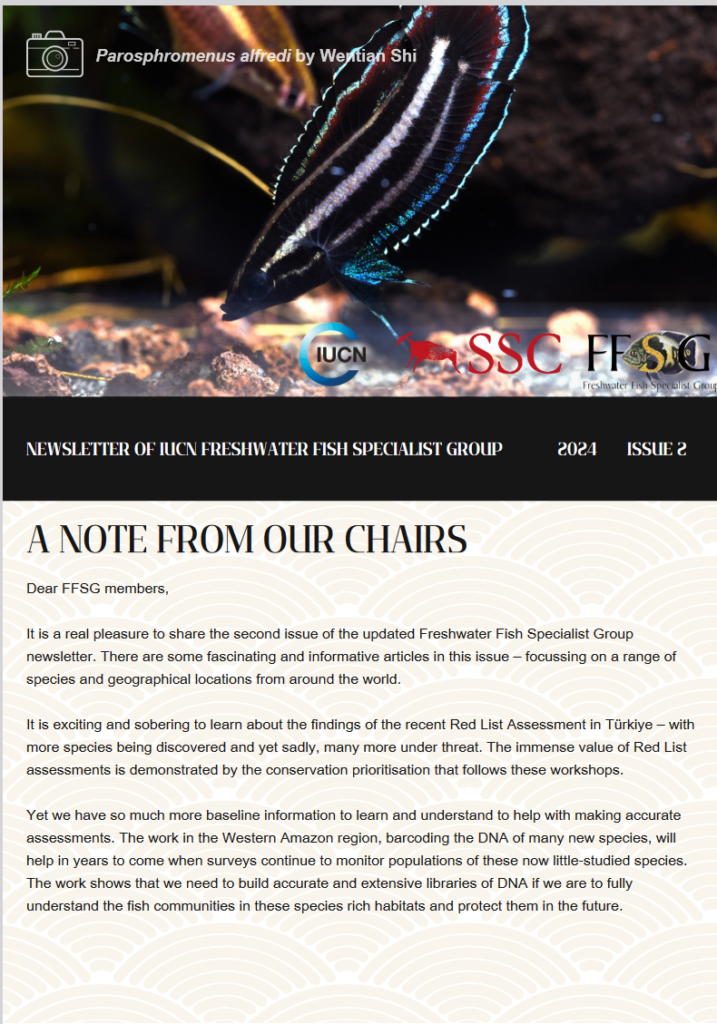
The Spring 2024 edition of the FFSG newsletter is now available
Read here
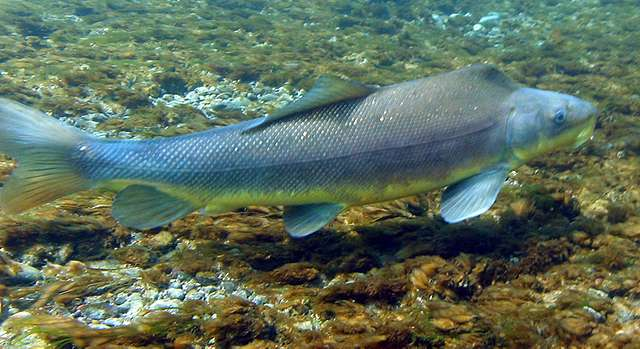
A Nature Conservancy preserve in Moab, Utah offers hopeful news for endangered razorback suckers: this fall, 51 juvenile suckers were recorded on the property’s fish nursery, which began operation in 2020. “When we survey the river, we find adult suckers. We find baby suckers,” says Sam Brockdorff, a biologist with Utah Division of Wildlife Resources. “The problem is, we don’t find juvenile suckers.”. Those juvenile suckers lack the flooded wetland habitat they need for protection. That’s the need that the Matheson Preserve, and its Fish Nursery, is fulfilling. The nursery also presents another opportunity: for outreach. Attention and love for native fishes is growing in local communities and beyond.

The small, air-breathing catfish (Encheloclarias kelioides) had only ever been seen and recorded twice: once way back in 1934, and again in 1993. It has been fojnd again, , about 300km away from the other locations!
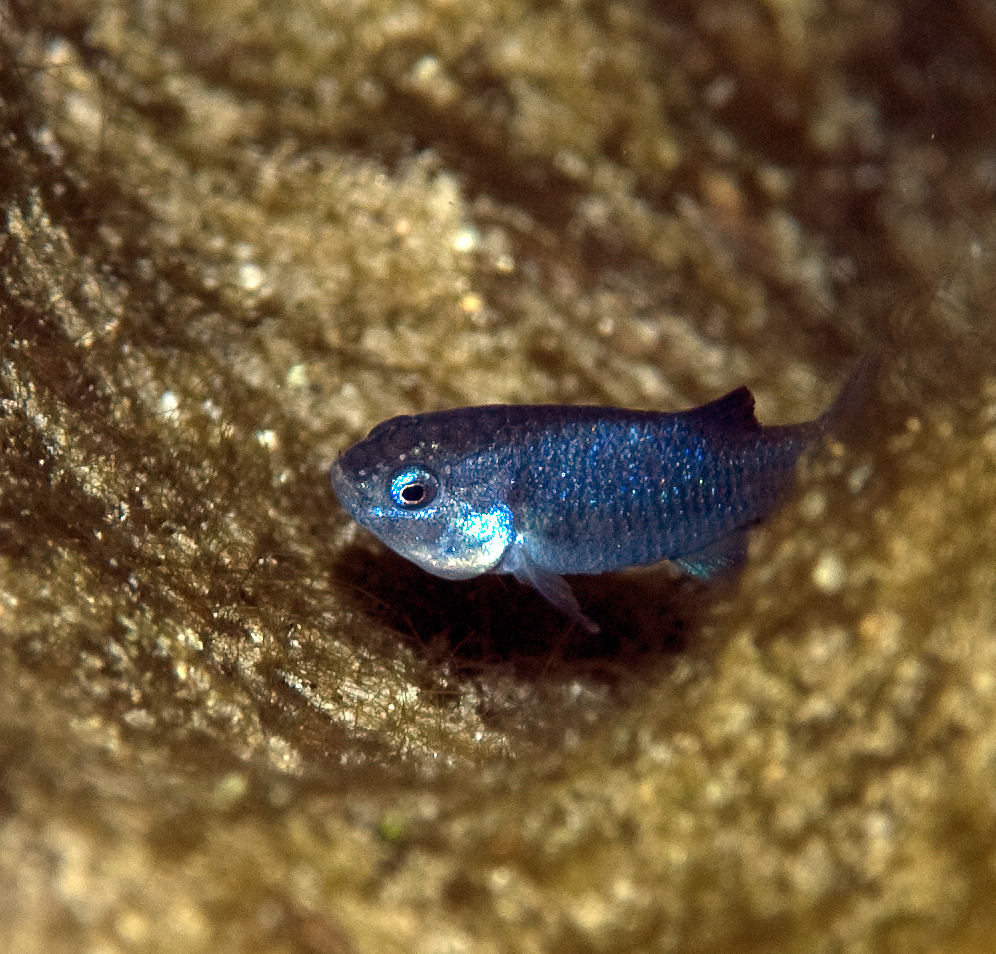
191 fish counted!
AMARGOSA VALLEY, Nevada – Agency biologists are excited to report increased numbers of one of the world’s rarest fishes. Scientists counted 191 Devils Hole pupfish, which is the most fish observed during annual spring season counts in 25 years. This is good news for the critically endangered fish living in Death Valley National Park.
Devils Hole pupfish (Cyprinodon diabolis) live in the smallest habitat of any vertebrate species on the planet. Devils Hole is a deep, water-filled cavern located near Ash Meadows National Wildlife Refuge in Nye County, Nevada. The fish live in the upper 80 feet of the cave and depend on the11-foot by 16-feet sun-lit shallow shelf at the cavern’s entrance for food and spawning.
Read more: https://www.nps.gov/deva/learn/news/devils-hole-spring-2024.htm
Read more about these fish: https://en.wikipedia.org/wiki/Devils_Hole_pupfish
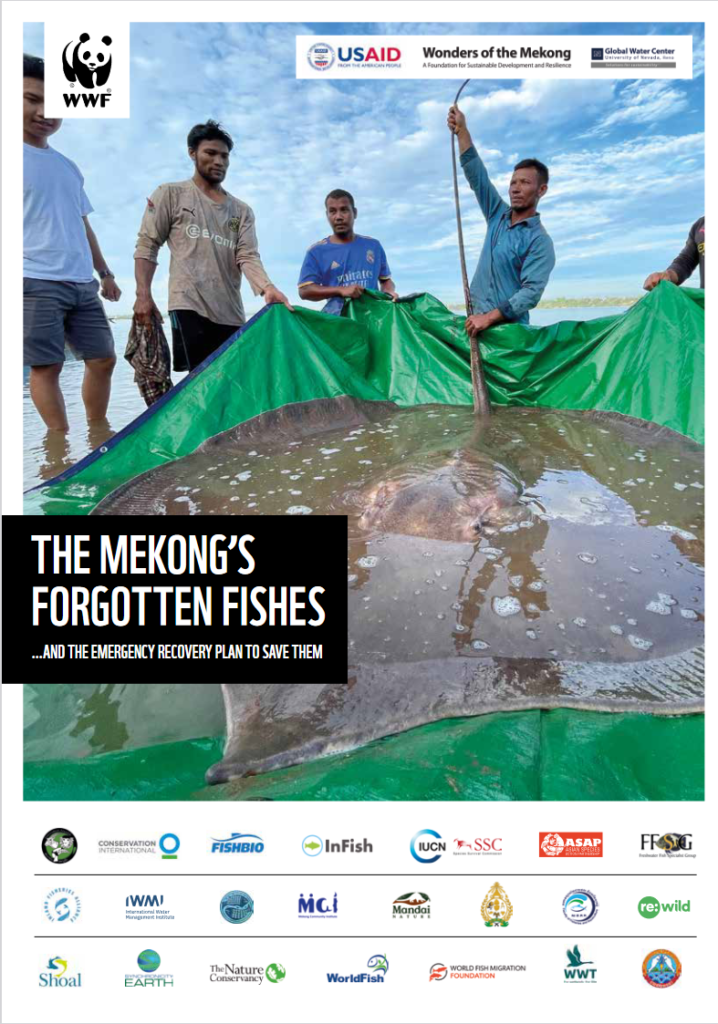
FFSG is proud to have supported the delivery of the new Mekong’s Forgotten Fishes Report. Led by FFSG Co-Chair Kathy Hughes (FFSG Co-Chair), with support from Chavalit Vidthayanon (FFSG South-east Asia Chair), Catherine Sayer (FFSG Biodiversity Adviser) and Zeb Hogan (FFSG member).
The Mekong is a global hotspot for freshwater fishes, with over 1200 recognised fish species. The report found that 19% of the Mekong’s diverse and unique freshwater fishes are threatened with extinction. The Mekong’s Forgotten Fishes report is supported by a coalition of 25 organisations and sets how we can deliver a Freshwater Biodiversity Emergency Recovery Plan to conserve them.
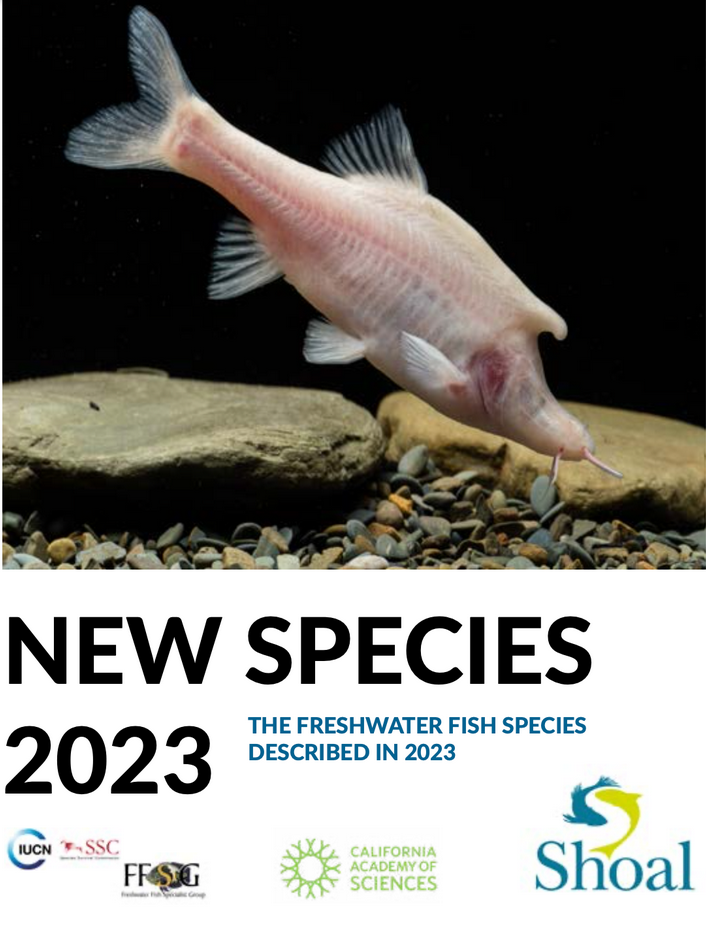
FFSG is proud to have supported this fantastic new species report from Shoal:
There are some fantastic stories of amazing fishes in this year’s edition, including a fish named after a Hobbit that went on an ‘unexpected journey’, the world’s largest cavefish, and an incredible seven species described from Central European lakes!
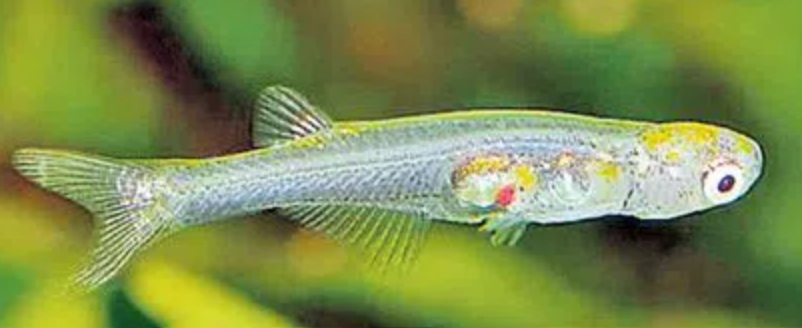
Scientists have found that Danionella cerebrum – a tiny fish endemic to Myanmar –
produces the loudest sound for its size of any fish – over 140 decibels. It does this striking cartilage against its swim bladder
Read all about it
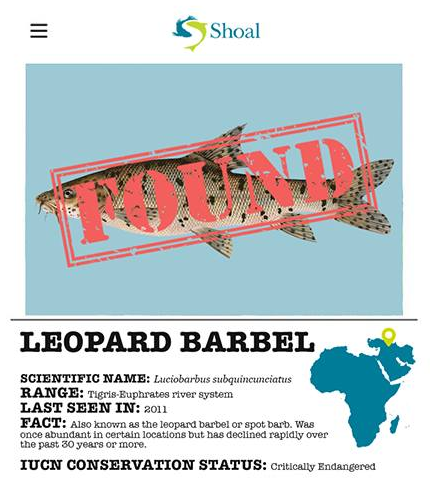
News from SHOAL
January 9th, 2024
On the heels of the news that 25% of freshwater fish are at risk of extinction, a team of ichthyologists in Türkiye (Turkey) has rediscovered hope in the shape of a carp-like, spotted fish — the leopard barbel (Luciobarbus subquincunciatus) — in the Turkish section of the Tigris River. The species, which was last scientifically documented in 2011, is the second species on SHOAL and Re:wild’s Most Wanted Lost Fishes list to be rediscovered. The first, the Batman River loach, was found by the same intrepid team in Southeastern Türkiye in late 2021.
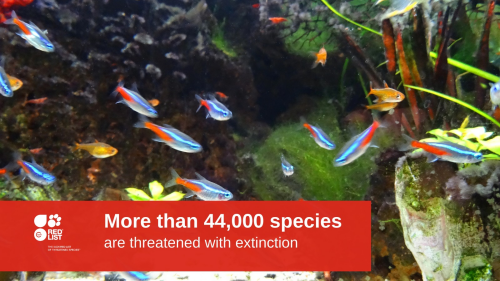
Today IUCN announces the completion of the first comprehensive assessment of the world’s freshwater fish species, revealing that 25% (3,086 out of 14,898 assessed species) are at risk of extinction. At least 17% of threatened freshwater fish species are affected by climate change, including decreasing water levels, rising sea levels causing seawater to move up rivers, and shifting seasons. This compounds threats from pollution, which impacts 57% of freshwater fish species at risk of extinction, dams and water extraction, which affect 45%, overfishing, which threatens 25%, and invasive species and disease, which harm 33%. For example, the large-toothed Lake Turkana robber (Brycinus ferox) – an economically important species in Kenya – has moved from Least Concern to Vulnerable on the IUCN Red List, due to overfishing, climate-change driven habitat degradation and dams reducing freshwater entering the lake. Read more here
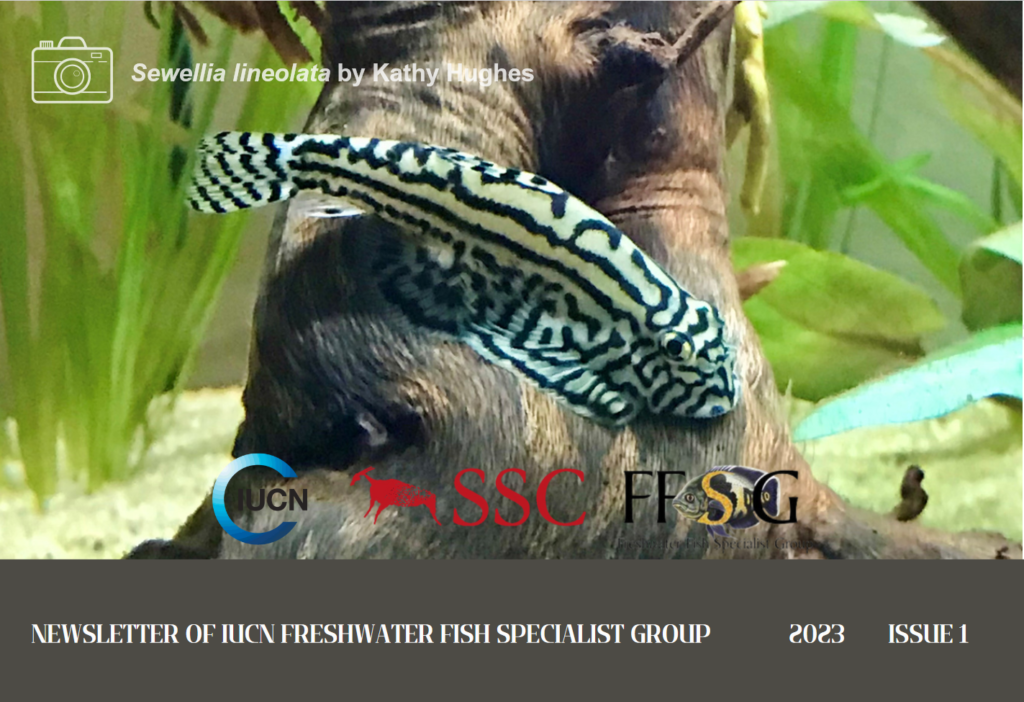
Thanks to the support of FFSG members, FFSG we are delighted to share the first FFSG Newsletter in several years. If you are interested in news about freshwater fish conservation and science, please see here: https://freshwaterfish.org/wp-content/uploads/2023/12/FFSG-Newsletter-2023-Issue-1.pdf and keep an eye on this page for the next FFSG Newsletter planned for Spring 2024
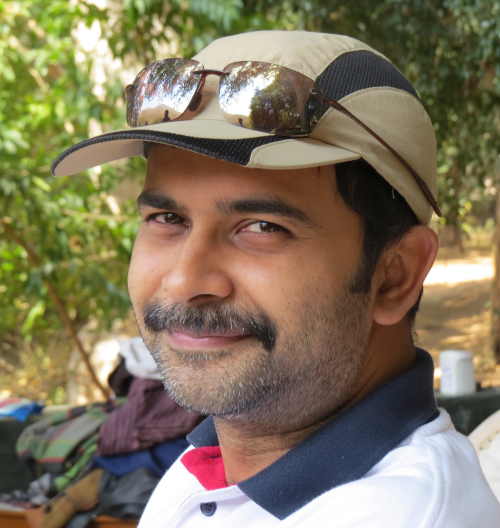
FFSG are proud to announce that FFSG South Asia Regional Chair and Red List Coordinator (Asia and Oceania) Professor Rajeev Raghavan was awarded the Fisheries Society of the British Isles Medal this year to recognise his exceptional advances in the study of fish biology, the first year that the medal was awarded to someone from the Asian continent. Rajeev is Assistant Professor at the Kerala University of Fisheries and Ocean Studies where he has discovered 23 new fish species, including the now famous Gollum snakehead, Aenigmachanna gollum. Rajeev has been an invaluable contributor to FFSG since he joined in 2009 and took over as the South Asia Chair in 2012, a position he has maintained since. Rajeev has been an invaluable contributor to FFSG for more than twelve years and we congratulate him on his well-deserved FSBI Medal. The Indian Express has recently published a fantastic article about Rajeev’s work which you can read here: https://www.newindianexpress.com/cities/kochi/2023/oct/26/if-asked-to-name-ten-native-fish-species-students-would-be-stumped-professorrajeev-raghavan-2626958.html
A new paper has just been published in Aquatic Conservation by Andy D. Nunn, Rachel F. Ainsworth, Silas Walton, Colin W. Bean, Tristan W. Hatton-Ellis, Andy Brown, Rob Evans, Allison Atterborne, Dave Ottewell, Richard A.A. Noble

Nunn, A.D., Ainsworth, R.F., Walton, S., Bean, C.W., Hatton-Ellis, T.W., Brown, A. et al. (2023). Extinction risks and threats facing the freshwater fishes of Britain. Aquatic Conservation: Marine and Freshwater Ecosystems, 1–17. https://doi.org/10.1002/aqc.40140
Abstract:
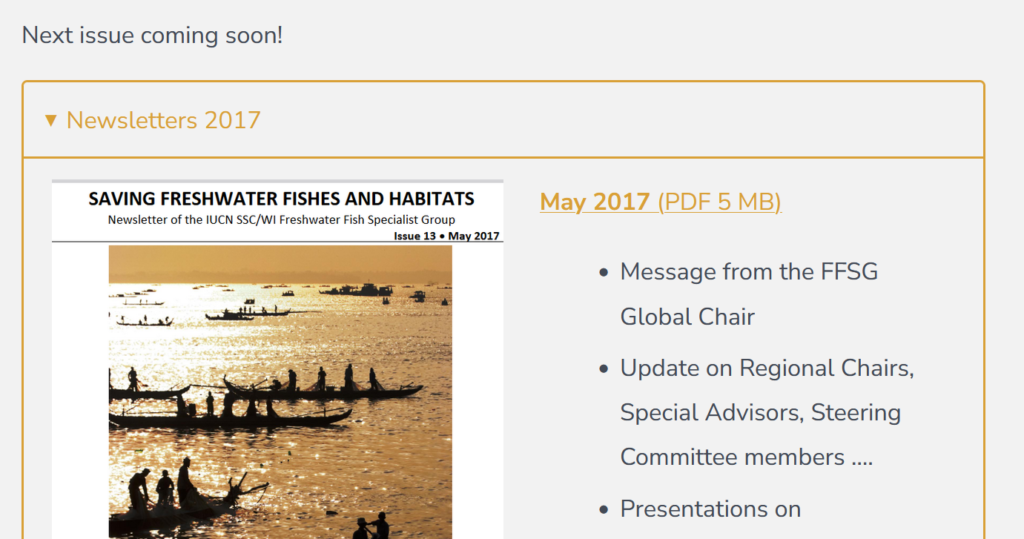
All the existing newsletters are now available for download. Two annual reports have also been added.
We’re working on a new website for the Freshwater Fish Specialist Group. You will see it change gradually from a site apparently about cakes to one about fish – we do not intend to make fishcakes!
Keep checking back to see what we’ve added
